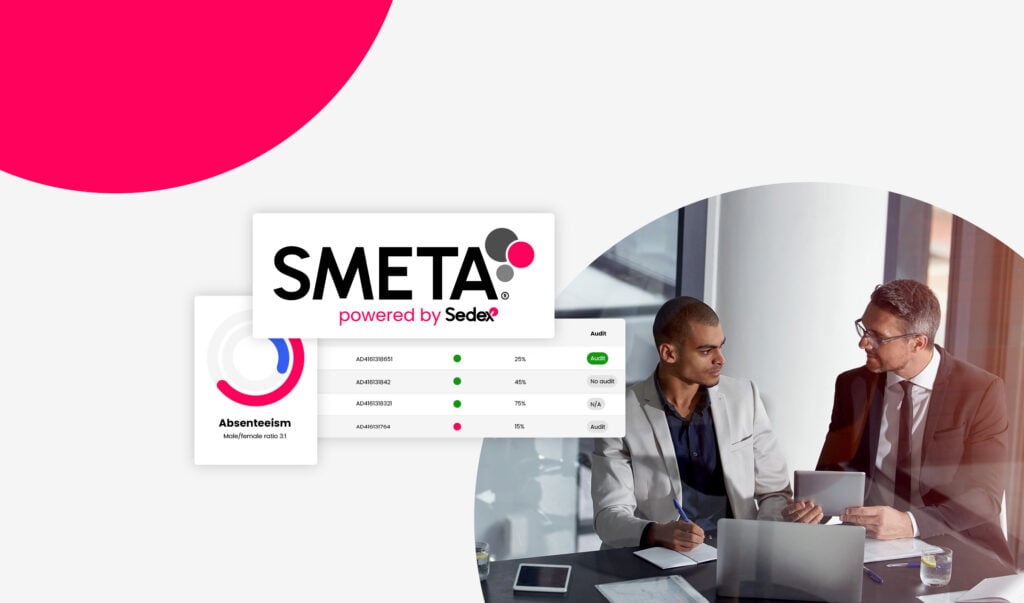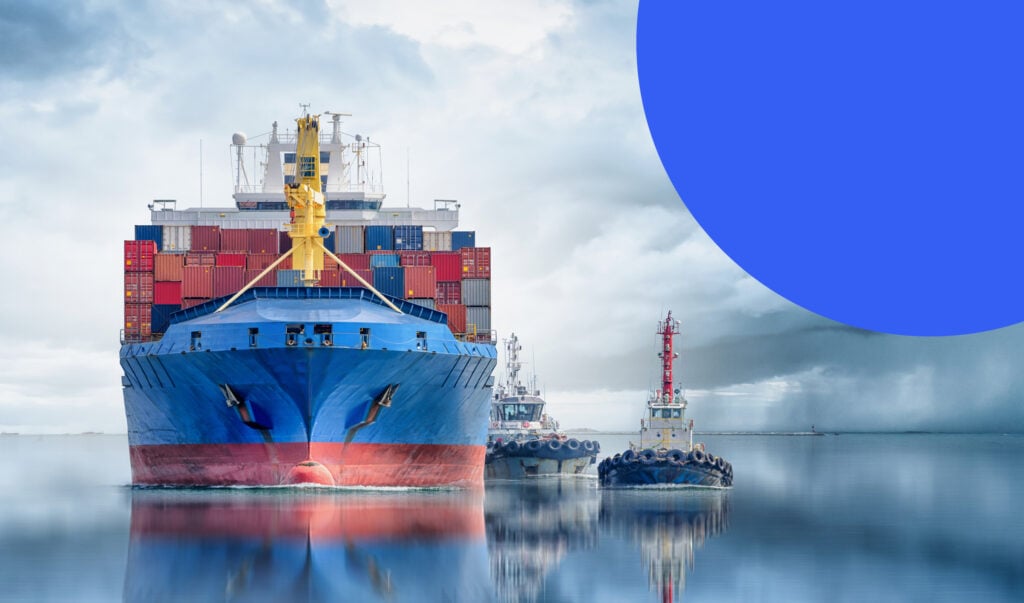Driving progress on gender equality through better gender data
With around 24 million women at sites registered on Sedex Advance, our customer platform, we believe Sedex and our members can play an important role in addressing gender inequality.
This year, we have focused on 3 key areas to improve the lives of women in supply chains:
- Highlighting where women are most at risk – so that companies can prioritise interventions in these areas
- Improving the capture of gender data – this is currently lacking in global value chains
- Turning data into actionable insights – providing insights and analysis that help our members see where action needs to be taken to improve gender equality and track where progress is being made.
Gender equality is crucial for tackling poverty and achieving the Sustainable Development Goals. Despite social advances in the past century – particularly access to education and work – there is still a long way to go. Discriminatory social norms in some countries limit women’s empowerment and ability to achieve the same political, economic and social status as men. A recent UNDP report showed that even in countries where adult women have higher education levels than men, women receive 39% less income[1].
Many women benefit from working in global supply chains. Decent work brings significant income and professional development opportunities for women. We know that enabling gender equality for female workers not only benefits women themselves, but also promotes business performance and has positive impacts on their families and communities.
However, women often face difficult and sometimes harmful situations at work. They can be more vulnerable to human rights violations such as discrimination. The perception of “men’s” and “women’s” roles compound gender stereotypes and keep women trapped in lower paid and “low-skilled” work. Women often have more insecure employment. Power dynamics between male supervisors and female workers increase the risk of gender-based violence and harassment. Responsibility to care for family is unequally placed on women. Also, other characteristics, such as nationality and religion, can intersect to make some women more vulnerable. Despite being a fundamental part of households, communities and the workforce, female voices and contributions to society are often overlooked and undervalued.
The UN 2019 report on the Gender Dimensions of the Guiding Principles on Business and Human Rights made clear the responsibility of companies to address gender inequality in their business in supply chains.
Highlighting where women are at risk
Sedex is launching a new risk tool this month, called Radar, which has a specific set of Vulnerable Worker Analysis reports dedicated to assessing risk to women as well as migrant and temporary workers. This tool will help companies to analyse country and sector risk to women in their supply chains, so they can better understand where women are at risk, and tailor their interventions accordingly.
Improving gender data capture
There is a lack of gender data across global value chains and this means companies do not have clear understanding of the realities and multiple burdens faced by women and reduces the ability to make real improvements that benefit women.
The Work and Opportunities for Women (WOW) project and BSR hope to address this challenge. Last year, BSR released a Gender Data and Impact framework (GDI) which provides a set of indicators to measure outcomes for female and male workers to enable companies to achieve more effective gender-responsive due diligence in their supply chains. Sedex and a number of our members formed a Gender Working Group to identify which indicators we could incorporate into Sedex tools and services, particularly our new Self-Assessment Questionnaire (SAQ), which launched last month.
Sedex has included 33 questions specifically asking for information on female workers in the SAQ. There are also 15 further questions relevant to gender issues, plus the ability to give a detailed breakdown of the gender split of the workforce in the new Site Profile. By building on the work done by BSR and using a public, internationally recognised framework, we hope Sedex can help standardise the type of data collected, enabling access to leading practices for our members, and improving understanding of women in supply chains.
Turning data into actionable insights
Collecting data is one of the many steps to improve gender equality, but this data must be made meaningful and actionable. To this end we are currently developing a new Gender Data Report that will be launched in the second half of 2020. Together with Radar, this report will enable members to build a comprehensive assessment of gender equality in their business and supply chain and take action to improve work and opportunities for women.
There is growing global momentum around improving gender equality. This year Sedex has seen the clear need for a better picture of where women are in global supply chains and to understand their situations, so that companies can make meaningful improvements to the lives of women. Our next challenge will be to support our members to capture gender data, and to help members use these tools to improve business impacts on women around the world.
To find out more about how you can capture gender data in your business or value chain, please see the Gender Guidance in the new SAQ Hub.
[1] United Nations Development Programme (2020); Available: http://hdr.undp.org/sites/default/files/hd_perspectives_gsni.pdf Accessed 05/03/20



